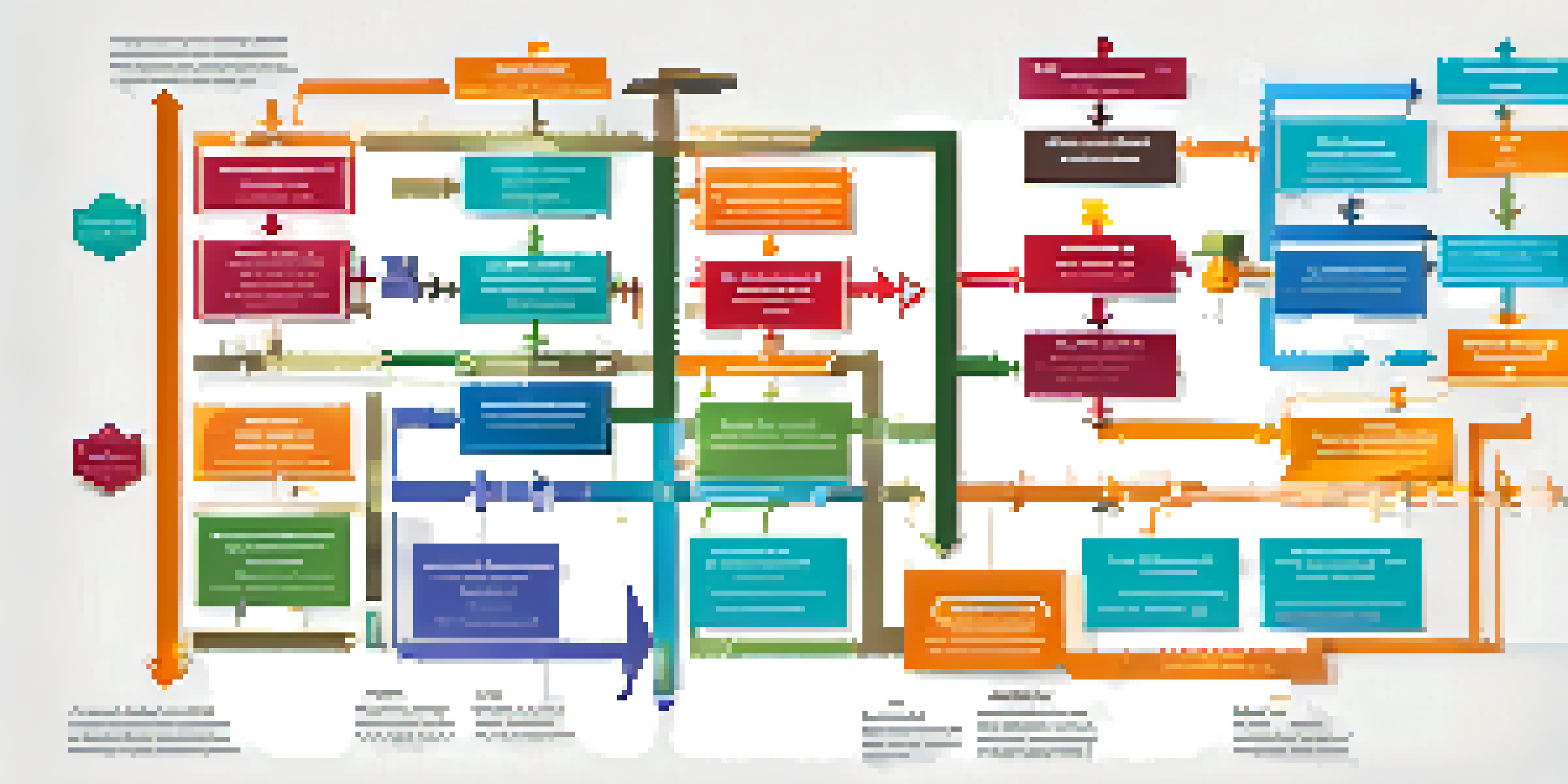Traditional vs. Roth: Which Rollover is Right for You?

Understanding the Basics of Traditional and Roth IRAs
At the heart of retirement savings are Individual Retirement Accounts (IRAs), which come in two primary flavors: Traditional and Roth. A Traditional IRA allows you to contribute pre-tax dollars, meaning your money grows tax-deferred until you withdraw it in retirement. In contrast, a Roth IRA is funded with after-tax dollars, allowing for tax-free withdrawals in the future. Understanding these fundamental differences is crucial as you consider rolling over your retirement funds.
The best time to plant a tree was 20 years ago. The second best time is now.
When you roll over funds from a 401(k) or another retirement account, you’re essentially transferring your savings into an IRA account of your choice. This decision can impact your tax situation both now and in the future. By grasping the core principles of each account type, you can make a more informed choice that aligns with your long-term financial goals.
Think of it like choosing between a tax-free vacation and a vacation where you pay upfront. With a Traditional IRA, you delay paying taxes, hoping for a lower rate later. On the other hand, a Roth IRA lets you enjoy your getaway without worrying about any future tax bills.
Tax Implications: Traditional vs. Roth
One of the key factors in deciding between a Traditional and a Roth IRA is the tax implications of each option. With a Traditional IRA, your contributions may reduce your taxable income for the year, which can be a significant advantage if you are in a higher tax bracket. However, you will have to pay taxes on your withdrawals in retirement, which could be at a higher rate than you expect.

On the flip side, Roth IRAs require you to pay taxes upfront, but all future qualified withdrawals are tax-free. This can be particularly beneficial if you anticipate being in a higher tax bracket during retirement. It’s like paying for a meal in advance versus settling the bill later—one way gives you peace of mind about the total cost.
Traditional vs. Roth IRA Basics
Understanding the fundamental differences between Traditional and Roth IRAs is essential for effective retirement savings.
Considering your current and expected future tax situation is vital. If you believe your income will rise, a Roth may save you money in the long run, while a Traditional IRA can provide immediate tax relief if you're earning more now.
Withdrawal Rules: Accessing Your Funds
When it comes to withdrawing funds, Traditional and Roth IRAs have different rules that can affect your financial flexibility. Traditional IRAs require you to begin taking minimum distributions at age 72, whether you need the money or not. This means you could end up paying taxes on funds you didn’t intend to use right away.
It's not about how much money you make, but how much money you keep, and how hard it works for you.
In contrast, Roth IRAs do not have required minimum distributions during the account holder's lifetime. This allows your money to grow as long as you want, giving you greater control over your retirement savings. Imagine having a savings account that you could let flourish without being forced to dip into it—this is the kind of freedom a Roth offers.
However, it’s important to remember that while you can withdraw your contributions from a Roth IRA anytime tax-free, earnings are subject to taxes and penalties if taken out early. This makes planning ahead crucial to avoid unwanted surprises.
Investment Flexibility: Choosing Your Investments
Both Traditional and Roth IRAs offer a wide range of investment options, but the way you approach your investments can differ based on your account type. With either account, you can invest in stocks, bonds, mutual funds, and more. The choice of where to invest might be guided by your tax strategy and when you need access to those funds.
For example, if you’re leaning towards a Roth IRA, it might make sense to invest in high-growth assets, knowing that the tax-free withdrawals can yield significant long-term benefits. In a Traditional IRA, you might be more conservative, especially if you plan to dip into those funds sooner rather than later.
Tax Implications Matter
The tax implications of each IRA type can significantly influence your financial strategy, especially regarding future income expectations.
Ultimately, the investment strategy you choose should align with your overall retirement goals and expected future income. Think of your IRA as a garden; how you choose to plant and nurture it will determine what you reap later on.
Contribution Limits: How Much Can You Invest?
When considering a rollover, it's important to know the contribution limits for both Traditional and Roth IRAs. For 2023, individuals can contribute up to $6,500 annually, or $7,500 if you're age 50 or older. This limit applies to total contributions across both types of IRAs, so planning your investments is essential.
Keep in mind that if you're rolling over a larger sum from a 401(k), this amount won’t count toward your annual contribution limits. Instead, the rollover amount can be deposited into your new IRA without penalty, allowing your retirement savings to grow without immediate tax implications.
This is similar to transferring funds from one bank account to another; it doesn’t count as new money but simply reallocates your existing savings. Understanding these limits ensures you're maximizing your retirement contributions effectively.
Rollover Process: Steps to Transfer Your Funds
Rolling over your retirement account can feel daunting, but breaking it down into manageable steps can simplify the process. First, decide whether you want to roll over into a Traditional or Roth IRA. This decision should be based on your financial situation and retirement goals, as discussed earlier.
Next, contact your current retirement plan administrator to initiate the rollover. They will provide the necessary forms and guide you through the process. It's essential to ensure that the rollover is done correctly to avoid tax penalties, which can be as unwelcome as a surprise bill after a vacation.
Rollover Steps Simplified
Breaking down the rollover process into clear steps can help you efficiently transfer your retirement funds without penalties.
Finally, once the funds are transferred, choose your investments wisely based on your risk tolerance and time horizon. Just like planning a trip, preparing for your financial future requires careful thought and decision-making to ensure you reach your desired destination smoothly.
Making the Right Choice: Traditional vs. Roth for You
Deciding between a Traditional and Roth IRA involves evaluating your personal financial situation, tax implications, and future retirement needs. Take the time to reflect on your current income, anticipated retirement income, and tax strategy. Asking yourself questions like, 'Will my tax rate be higher in retirement?' can help clarify your decision.
Additionally, consulting with a financial advisor can provide valuable insights tailored to your unique circumstances. They can help you navigate the complexities of each option, ensuring you make a choice that supports your overall financial strategy.

Ultimately, the right rollover depends on your personal goals and preferences. Just remember, whether you choose a Traditional or Roth IRA, the key is to start saving for your future today, no matter the path you take.